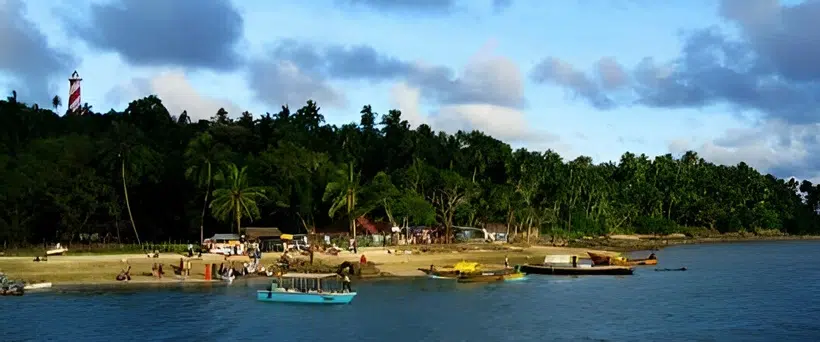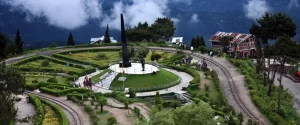Table of Contents
If you’re a history buff and a lover of travel, then you definitely need to add the Andaman and Nicobar Islands to your bucket list. These beautiful islands are not just a tropical paradise, but also a treasure trove of history. From ancient civilizations to colonial rule, the Andaman and Nicobar Islands have a rich and diverse cultural heritage preserved in their historical sites and monuments.
The Andaman and Nicobar Islands have a fascinating history that dates back to ancient times. The islands were once home to indigenous tribes, such as the Great Andamanese and the Onge, who have inhabited the islands for thousands of years. These tribes have left behind a legacy of ancient rock art and pottery, providing valuable insights into the island’s prehistoric past.
During the colonial era, the Andaman and Nicobar Islands played a strategic role in trade and military campaigns. The islands were under British rule from the 18th century until Indian independence in 1947. British colonial architecture can still be seen in historic buildings such as the Cellular Jail in Port Blair, which served as a prison for political dissidents during the independence movement.
Andaman and Nicobar Islands, a union territory of India located in the Bay of Bengal, have a rich history that dates back centuries. The islands are not only known for their pristine beaches and crystal-clear waters, but also for their historical significance.
Historical Places in Andaman and Nicobar Islands
1) Cellular Jail
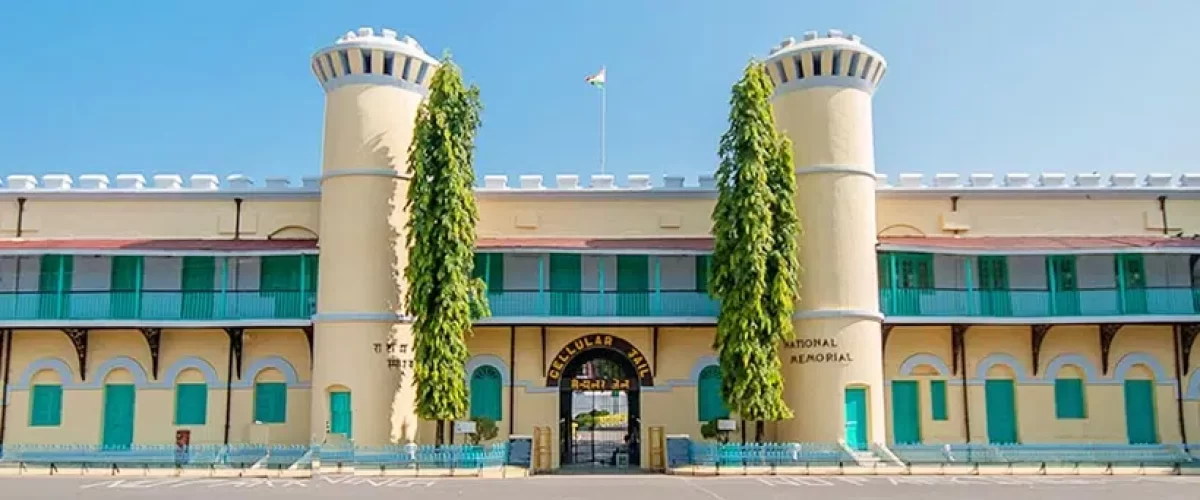
One of the most famous historical sites in the Andaman and Nicobar Islands is Cellular Jail, also known as Kālā Pānī. Built by the British in the late 19th century, the jail was used to imprison political prisoners during India’s struggle for independence. The jail’s brutal conditions and harsh treatment of inmates have made it a symbol of India’s freedom struggle. Today, the jail serves as a national memorial , visitors can explore the jail and learn about its history through guided tours. The architectural features of the jail, with its seven wings radiating from a central tower, are a sight to behold.
2) Ross Island
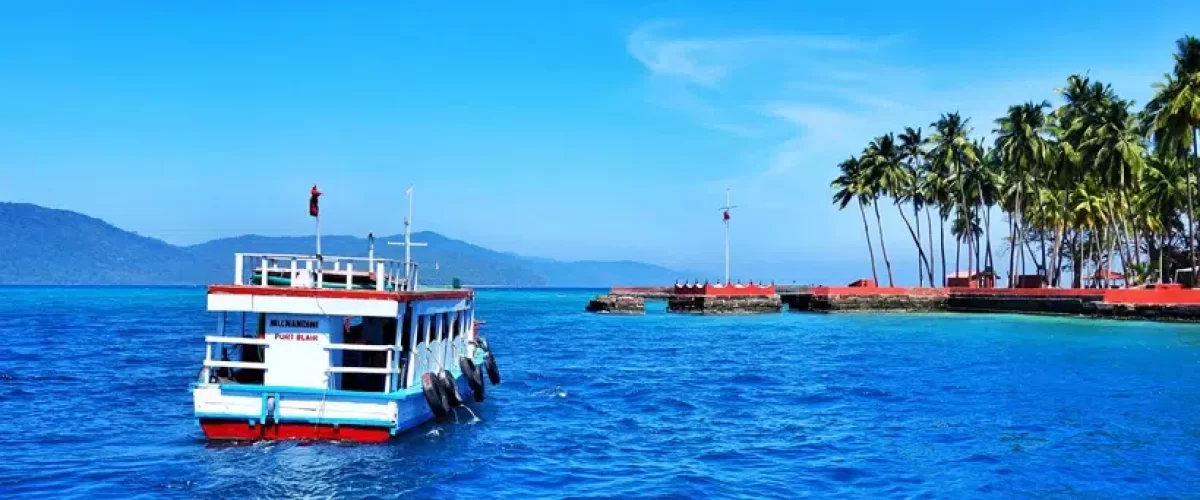
Next, we have Ross Island, which was once the British administrative headquarters of the Andaman and Nicobar Islands. This picturesque island is home to a variety of colonial-era ruins, including a church, a hospital, and the British Commissioner’s residence. The British Colonial architecture of these buildings provides a glimpse into the island’s past as a bustling colonial outpost. Walking through the ruins, visitors can almost imagine the bustling streets and grand buildings that once stood on this island.Today, the island is home to ruins of colonial buildings, a cathedral, and a cemetery, all of which offer a fascinating insight into the islands’ colonial past.
3) Viper Island

Last but not least, Viper Island is another historical gem that shouldn’t be missed. Japanese bunkers at Viper Island, the ancient British bunkers at Mount Harriet, and the remnants of British-era architecture in Port Blair. These sites serve as reminders of the islands’ tumultuous past and provide visitors with a unique opportunity to learn about their history. This small island was used as a jail during the British rule and is best known for its gallows, where prisoners were executed. The island has a grim history, but it serves as an important reminder of the harsh penal system that was in place during colonial times. The ruins of the jail and the gallows stand as a testament to this dark chapter in history.
Historical Monuments in Andaman and Nicobar Islands
The Andaman and Nicobar Islands are known for their natural beauty, but hidden amongst the lush forests and pristine beaches are also some remarkable historical monuments.
If you’re a history buff or just love exploring historical places, then the Andaman and Nicobar Islands should definitely be on your radar. With a rich past and a diverse cultural heritage, these islands are home to some truly fascinating historical monuments that are sure to pique your interest.
1) Japanese Bunkers

During World War II, the Andaman and Nicobar Islands were occupied by the Japanese, who left behind a number of bunkers that serve as a stark reminder of that dark period in history. These bunkers, scattered throughout the islands, are not only remnants of the war but also symbolic of Japanese occupation. Visiting these bunkers is a great way to learn more about the island’s role in the war and to appreciate the historical value of these structures as war monuments.
2) Murugan Temple
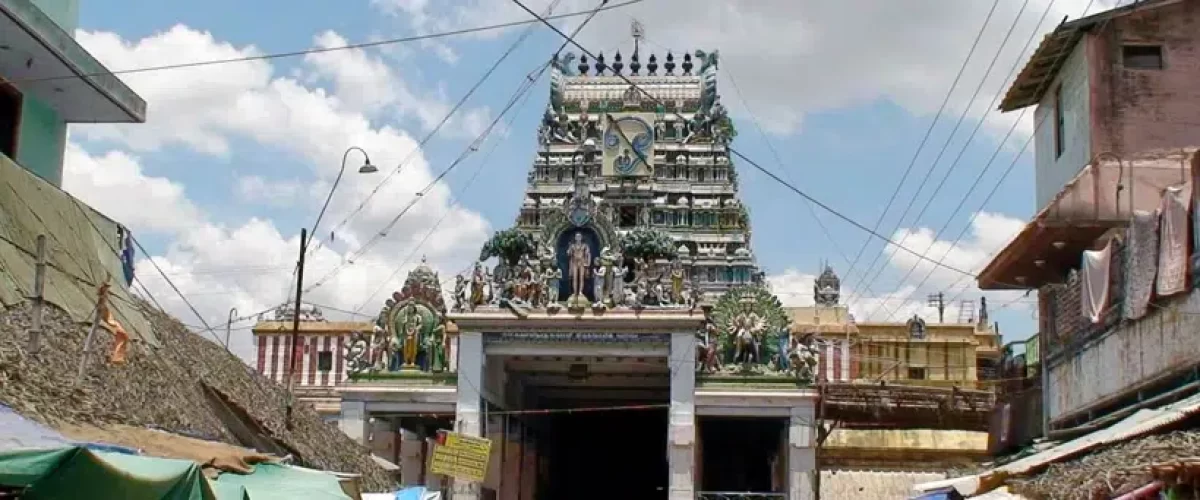
For those interested in the cultural aspect of history, the Murugan Temple is a must-visit. Built in the traditional Dravidian style, this temple is not only the oldest on the islands but also holds great cultural significance for the local Tamil population. The temple, dedicated to the Hindu god Murugan, is a hub of religious and cultural activities, making it a fascinating place to explore and learn more about the island’s diverse cultural heritage.
Art and Architecture in Andaman and Nicobar Islands
The art and architecture of the Andaman and Nicobar Islands can be seen in various historical places and monuments that reflect the rich history and cultural heritage of the islands. The Chatham Saw Mill and Sippighat Farm are just two examples of the historical sites that showcase the unique art and architecture of the islands. Visitors to the Andaman and Nicobar Islands can explore these historical places to learn more about the island’s fascinating history and cultural heritage.
1) Chatham Saw Mill

One of the most prominent historical places in the Andaman and Nicobar Islands is the Chatham Saw Mill. Established in 1883, the Chatham Saw Mill is not only the oldest sawmill in Asia, but also the largest. The architectural features of the sawmill are a testament to the industrial architecture of the colonial era. The massive machinery, wooden structures, and intricate detailing of the mill tell the story of the timber industry that once thrived in the islands.
Apart from its architectural significance, the Chatham Saw Mill holds great historical importance in the timber industry of the Andaman and Nicobar Islands. It played a vital role in the economic development of the islands by processing the timber that was harvested from the dense forests. The sawmill is a reminder of the bygone era when the islands were known for their timber resources.
2)Sippighat Farm

Another historical monument that showcases the art and architecture of the Andaman and Nicobar Islands is the Sippighat Farm. Built during the colonial era, the farm is a fine example of colonial architecture and agricultural practices. Though the farm is in ruins now, the architectural remnants such as the grand entrance gate, ruins of buildings, and overgrown vegetation paint a picture of its former glory.
The Sippighat Farm holds historical value in the agricultural development of the Andaman and Nicobar Islands. It served as a model farm where various crops were grown experimentally to boost agricultural production in the islands. The farm is a reminder of the efforts made by the colonial authorities to improve the agricultural practices in the islands and increase the self-sufficiency of the local populace.
The art and architecture of the Andaman and Nicobar Islands can be seen in various historical places and monuments that reflect the rich history and cultural heritage of the islands. The Chatham Saw Mill and Sippighat Farm are just two examples of the historical sites that showcase the unique art and architecture of the islands. Visitors to the Andaman and Nicobar Islands can explore these historical places to learn more about the island’s fascinating history and cultural heritage.
Conclusion
The historical places and monuments in the Andaman and Nicobar Islands not only serve as a reminder of the island’s past, but also play a crucial role in preserving its cultural heritage. These sites are a window into the island’s history, allowing visitors to connect with its rich and diverse past.
So, if you’re planning a trip to the Andaman and Nicobar Islands, make sure to visit its historical places and monuments. Immerse yourself in the island’s fascinating history and discover the stories that have shaped its cultural heritage. From ancient rock art to colonial architecture, the Andaman and Nicobar Islands have something for every history enthusiast.
Visiting the historical places and monuments in the Andaman and Nicobar Islands is not only a chance to learn about the islands’ past, but also to appreciate their natural beauty and unique cultural diversity. Whether you’re a history buff or simply looking to explore a different side of India, the Andaman and Nicobar Islands offer a fascinating glimpse into a world that is unlike anywhere else.

